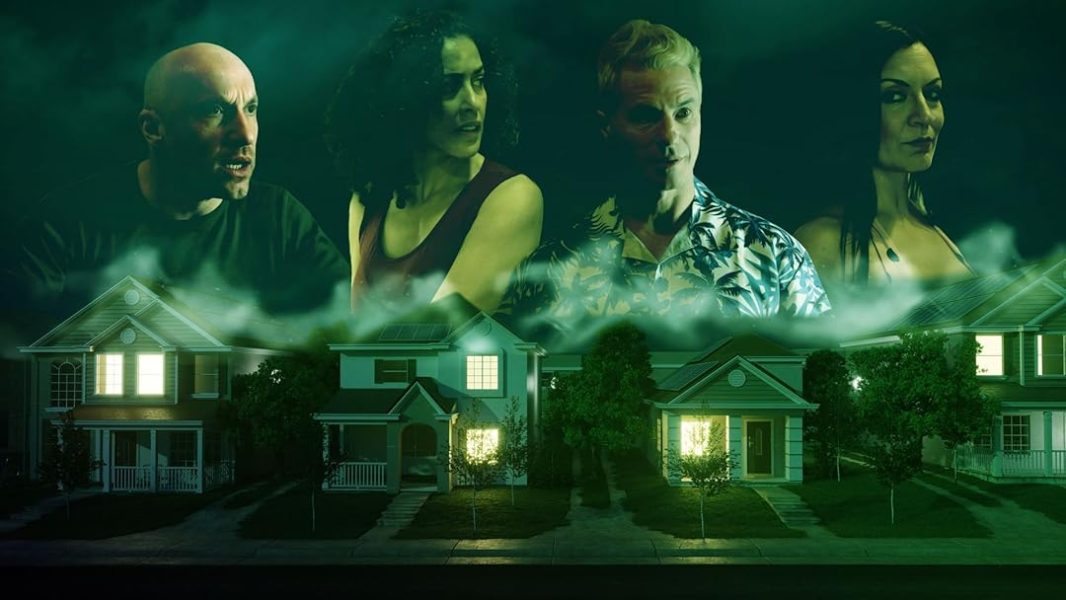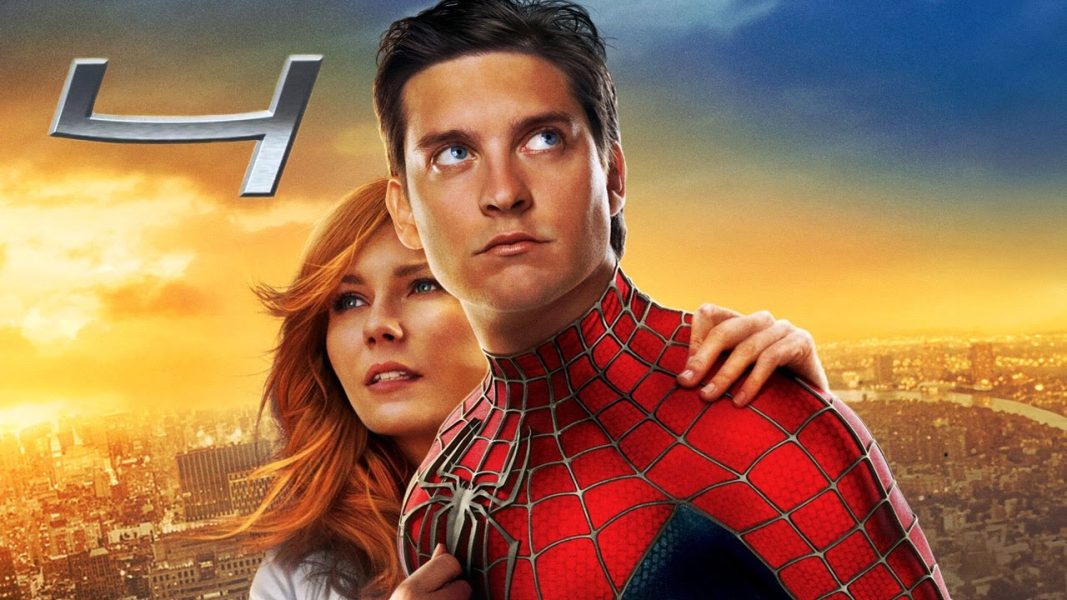Godzilla Minus One (2023)—Living for the Future

Towards the end of WWII, Koichi Shikishima deserts his duties as a kamikaze pilot, landing his plane on Odo Island for inspection under the pretense of a faulty plane. That night, Odo Island is attacked by Godzilla. Shikishima hesitates to shoot it with his plane’s gun, leading to the deaths of everyone on Odo Island save for lead technician Tachibana. Feeling responsible for the carnage, Shikishima returns home only to find out that his parents are dead. Running into a young woman named Noriko with a baby, Akiko, Shikishima takes them in. To support both Noriko and Akiko, Shikishima becomes a minesweeper in the oceans of Japan, where he meets ship captain Yoji Akitsu, former naval engineer Kenji Noda, and the youngest crew member Shiro Mizushima, nicknamed “captain”, “doc” and “kid”, respectfully. After the trio face a direct confrontation with Godzilla, Shikishima opens up to Noriko about his past, with Noriko telling him that no matter what happens, he must live. The next day, as she is on her way to work in the newly-rebuilt city, Ginza, Godzilla attacks, killing many in his wake. Noriko is presumed dead after Godzilla levels Ginza with his nuclear breath. Vengeful, Shikishima promises to kill Godzilla, and joins Mr. Noda and a group of private citizens who spearhead a plan with only one goal in mind: kill Godzilla.
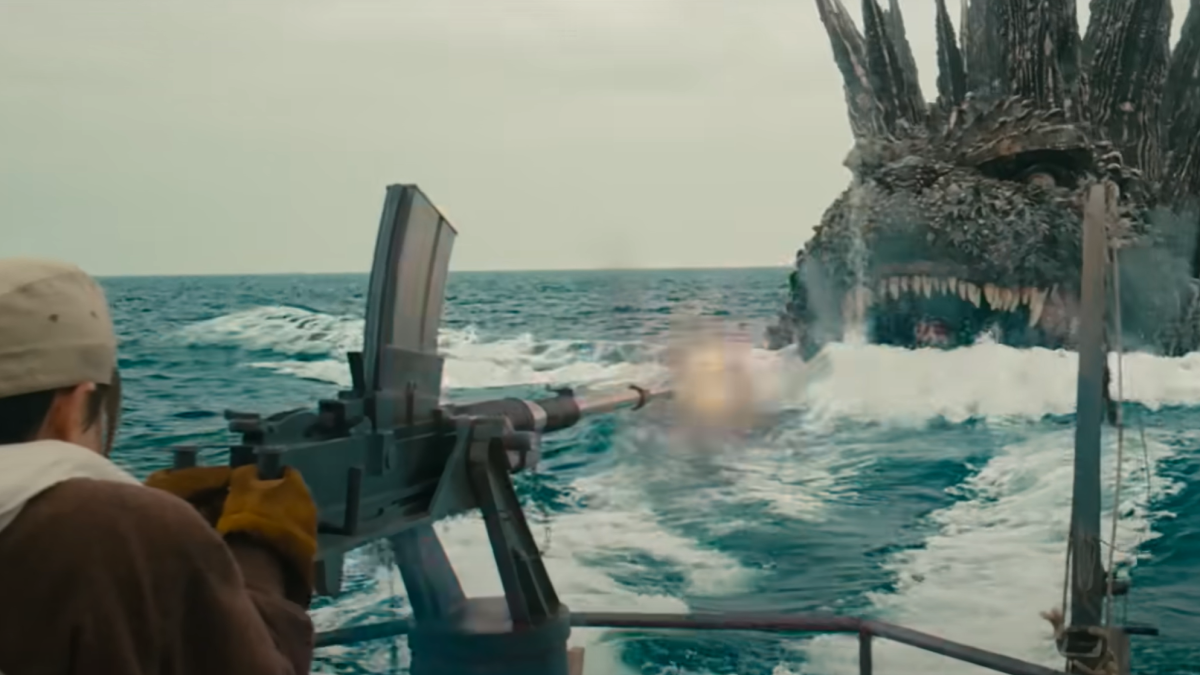
The Godzilla movies have always surrounded heavy themes of nuclear weapons and vengeance. Godzilla Minus One is no exception. But what it also covers are themes of survivor’s guilt, PTSD and the sanctity of human life. Throughout the majority of the film, Shikishinma struggles with survivor’s guilt due to being one of the only two survivors after Godzilla’s attack on Odo Island. So much so that even years after the end of WWII, he still has the photos of all his dead comrades’ families. But to me, the biggest indicator of his survivor’s guilt are his ramblings about how he believed he died on Odo Island and that the life he is currently living is false. Never have I seen such a realistic and visceral depiction of survivor’s guilt in a movie, let alone a Godzilla movie. I couldn’t help but get chills whenever Shikishima would have an emotional breakdown. One of my favorite scenes has to be after Shikishima has another breakdown, Noriko asks him why he couldn’t move on, with Shikishima responding that “his war isn’t over.” This is all too real for those who are struggling with PTSD and survivor’s guilt. Hell, I was left misty-eyed too many times to count throughout the film, and I almost never cry from…anything.

Due to the film being set shortly after WWII when Japan was at point zero (with Godzilla making it minus one), the film did surprise me with the last theme I mentioned: the sanctity of human life. When Shikishima goes through another survivor and PTSD–induced episode, Noriko tells him that the last thing her parents told her before they died was to live, no matter what. Later during a pep talk with the private citizens against Godzilla, Mr. Noda mentions that human life had been treated too poorly by the Japanese government, specifically highlighting poor supply routes, kamikaze pilots, and the lack of ejection seats during WWII. Not only does this motivate older veterans who have seen the horrors of war (and are afraid that they will face certain death), but it also reinvigorates their resolve to kill Godzilla. Tachibana even outfits Shikishima’s plane with an ejection seat despite the latter’s kamikaze plan to avenge those who were killed on Odo Island and Noriko, with Tachibana telling Shikishima to live. And sticking with this theme, the movie ends with everyone we have come to know and care for surviving. Yes, even Noriko is shown to be alive, recovering from her wounds received during Godzilla’s rampage in Ginza.
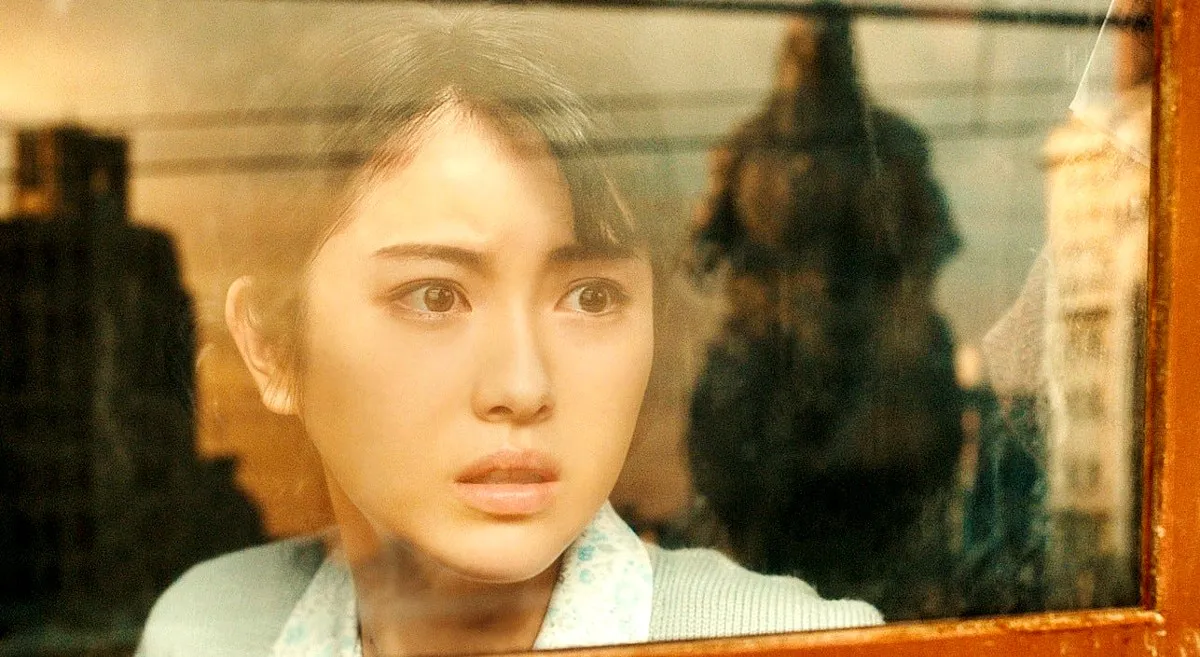
But besides the powerful and emotional themes of Minus One, this is by far the most vicious Godzilla I’ve ever seen on screen, with maybe the exception of Godzilla from Godzilla, Mothra and King Ghidorah: Giant Monsters All-Out Attack (yeah, it’s a mouthful). Unlike Legendary Studios’ depiction, Godzilla in Minus One is not some creature restoring balance to the natural order, rather he is a vengeful animal lashing out at humanity for their pursuit of nuclear weaponry. While some argue that his small stature compared to Legendary or Shin Godzilla make him appear less intimidating, I’d like to argue to the contrary. I think that his smaller stature makes his rampage feel more personal than Shin Godzilla. You feel every earth-shattering step rattle your bones, every deafening roar pound your eardrums and of course, every blast from his nuclear breath that’s slowly charged to build up dread before it is violently expunged from his mouth, leaving behind a giant mushroom cloud. All these factors make Godzilla in Minus One by far the most terrifying depiction of Godzilla in recent years.

To complement the film, the score is masterfully composed by Naoki Sato. Taking classic pieces that many are familiar with from the classic Godzilla movies, Sato adds a unique spin, either making them sound more sinister or heroic. For example, the title theme takes the classic Godzilla suite from 1954 and adds a heroic and inspirational spin to it that fills you with hope, embodying an image that one can fight insurmountable odds despite being in a perilous situation. Sato also makes terrific use of ambiance to further enhance emotions felt either by the characters or the audience during a particularly tense scene. My favorite example of this is when Shikishima and co. face Godzilla for the first time to buy time for Takao. The score adds this dreadful atmosphere to an already tense scene when Shikishima finds the dead fish rising to the surface, signaling that Godzilla was near. It’s a minimalistic, but highly effective touch that makes you sit at the edge of your seat, biting your nails.
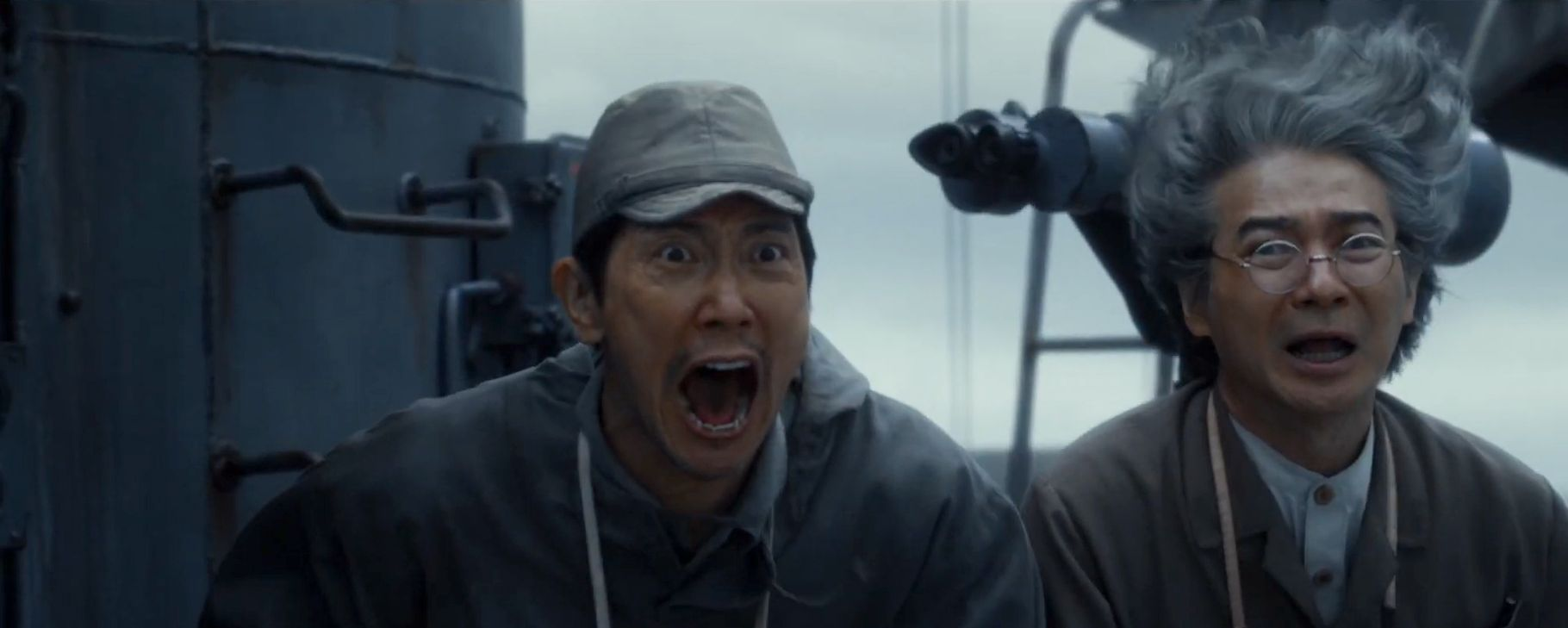
One of my biggest complaints of most modern Godzilla movies (looking at you, King of the Monsters) is the lack of relatable humans, outside of Dr. Serizawa. However, Minus One proves that you can have relatable and unique characters in a Godzilla movie and balance their stories while still focusing on Godzilla. Every single character introduced not only serves a purpose, but also has a distinct personality. I couldn’t help but like every single character, even those who had rougher introductions such as Tachibana and Sumiko, Shikishima’s neighbor who became a surrogate aunt figure for Akiko. This also applies to the ship crew, Yoji Akitsu, Kenji Noda, and Shiro Mizushima. All three may seem like run of the mill characters, but each not only help Shikishima overcome his survivor’s guilt, but also represent a different aspect of the country: with Akitsu being the renegade disillusioned with the government, Mr. Noda being the brains and heart and Mizushima being the future of the nation. By having so many enjoyable characters further heightens the tension in the third act: you don’t want to see anyone die. The characters feel so real that for a moment, I didn’t feel like I was watching a movie, I felt like I was right there in the thick of the action.
Going in to Godzilla Minus One, I expected a typical monster movie with Godzilla laying waste to Japan. However, upon leaving the theater, not only did I nearly cry several times, but I found a new appreciation for Godzilla movies that I previously did not have. Not only does Minus One perfectly balance a powerful story about the sanctity of human life and living for the future with awesome scenes of destruction by a horrifying depiction of Godzilla, but it remains my personal favorite film of all of 2023.


